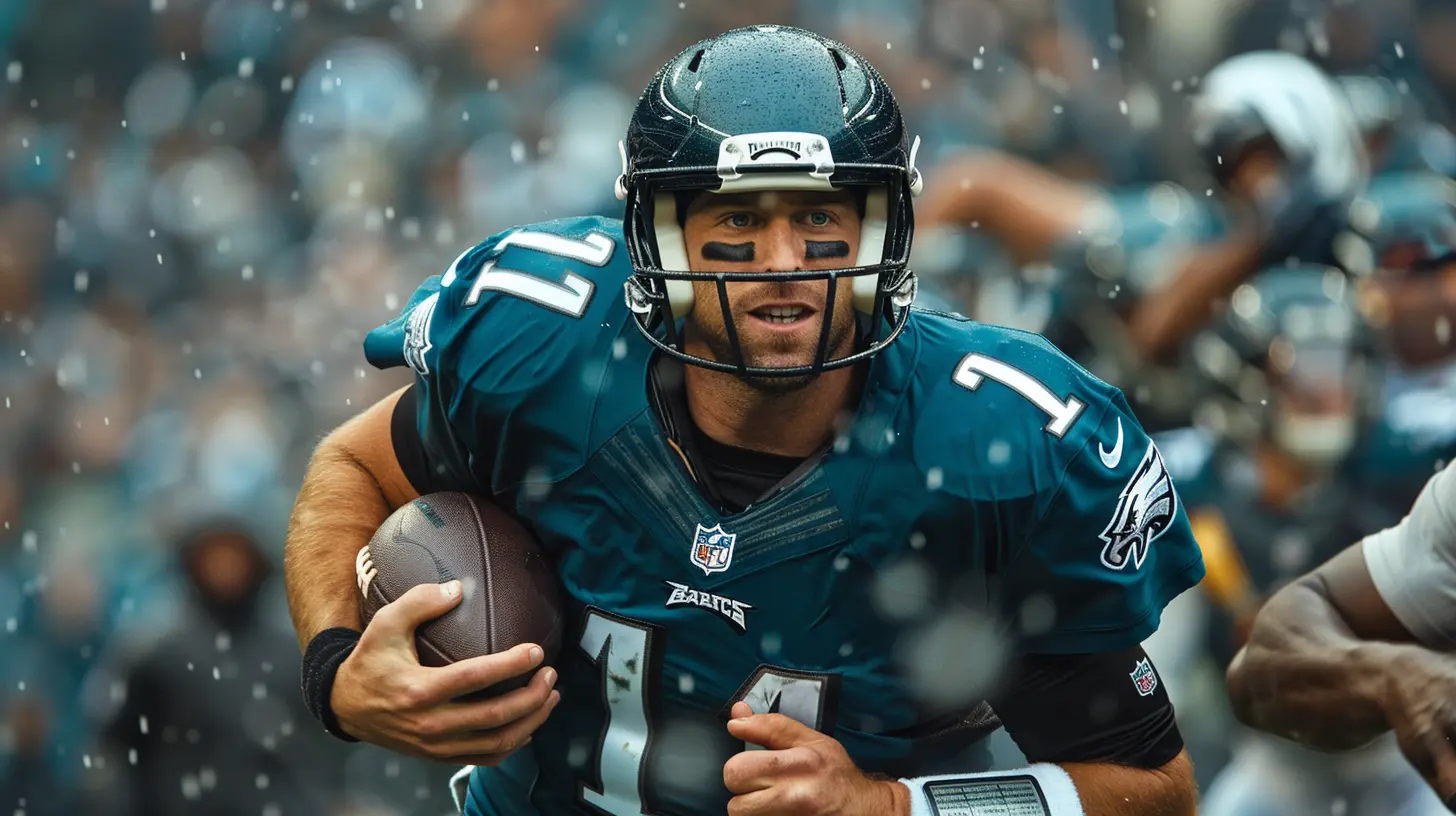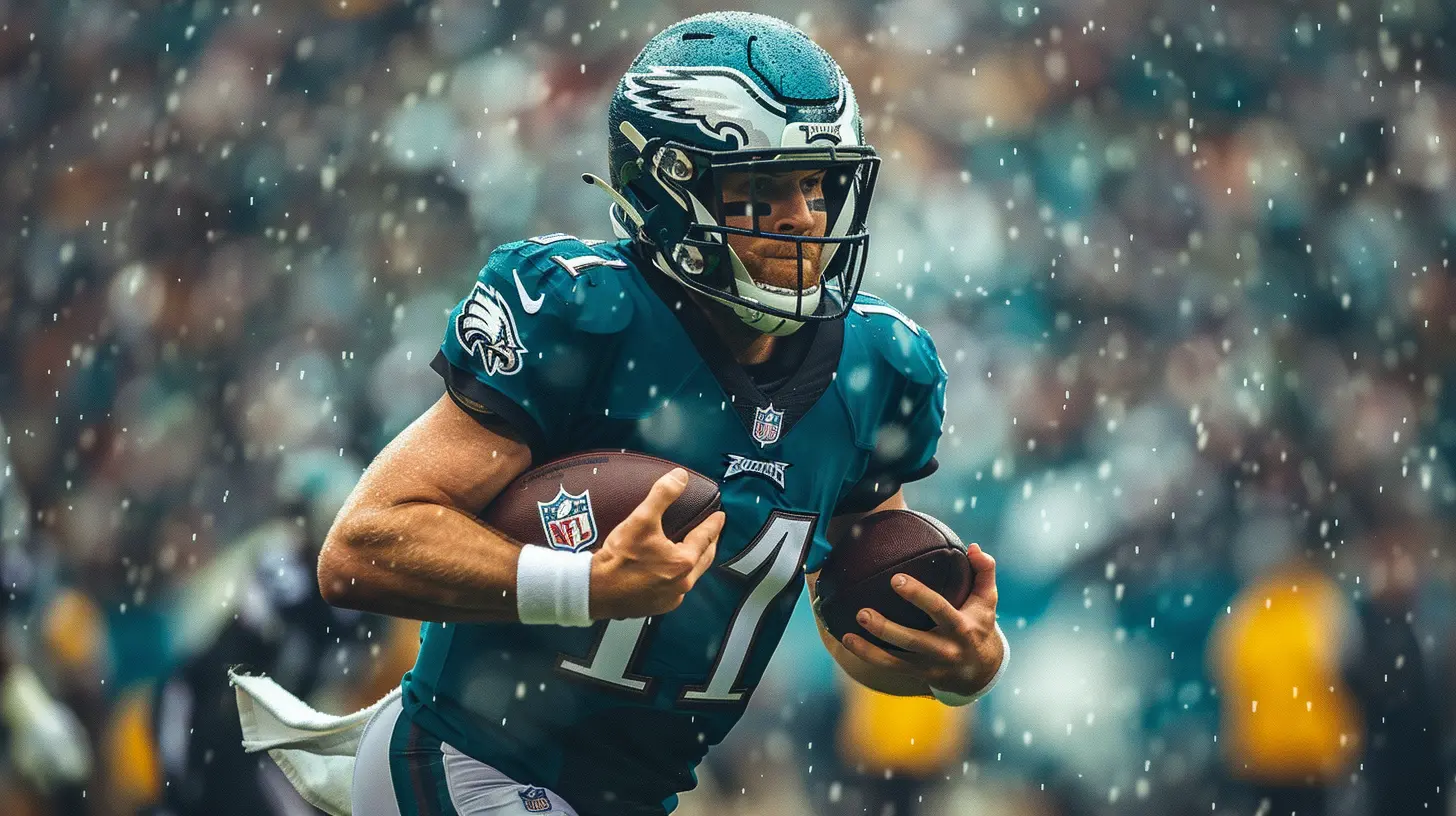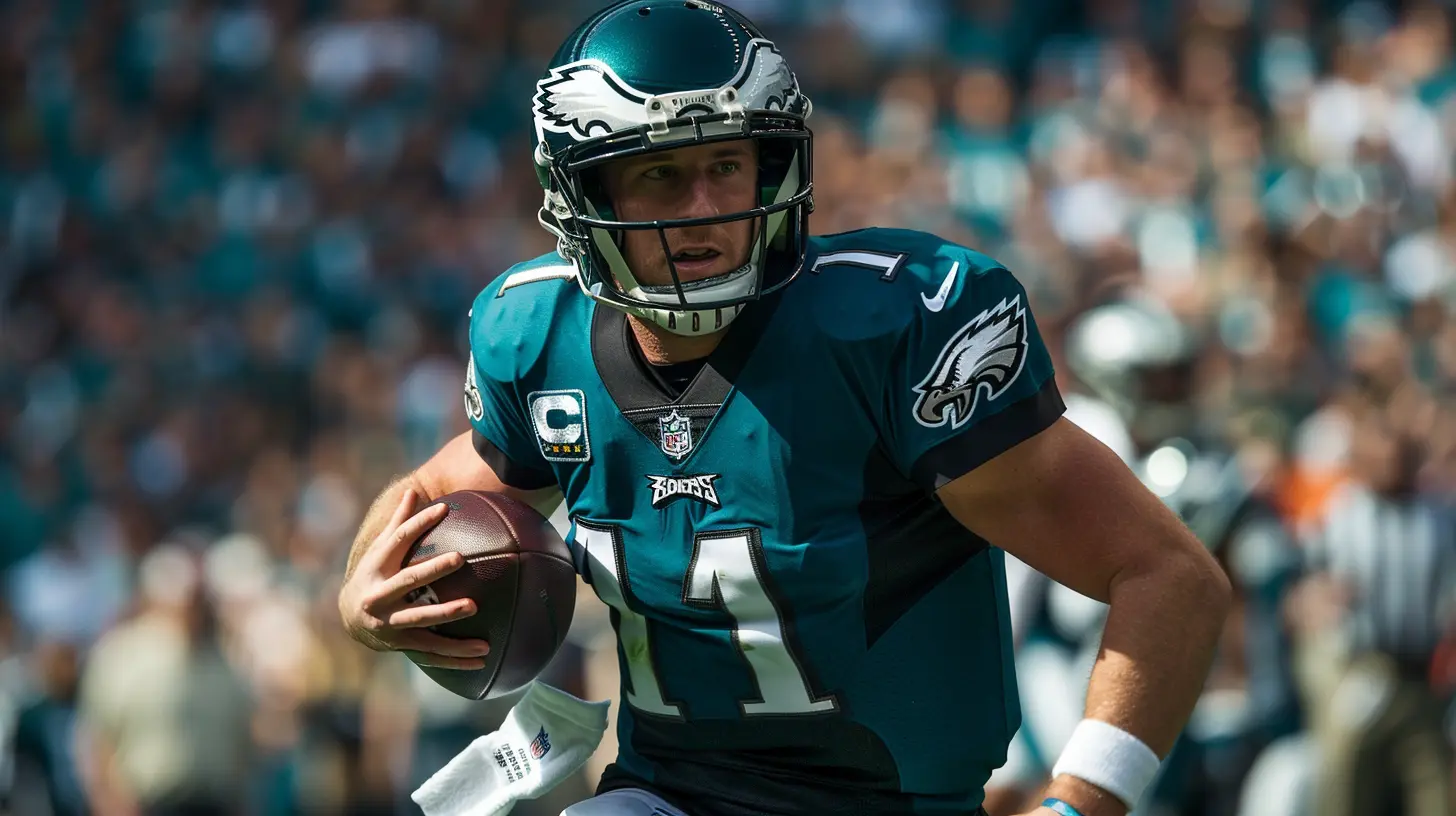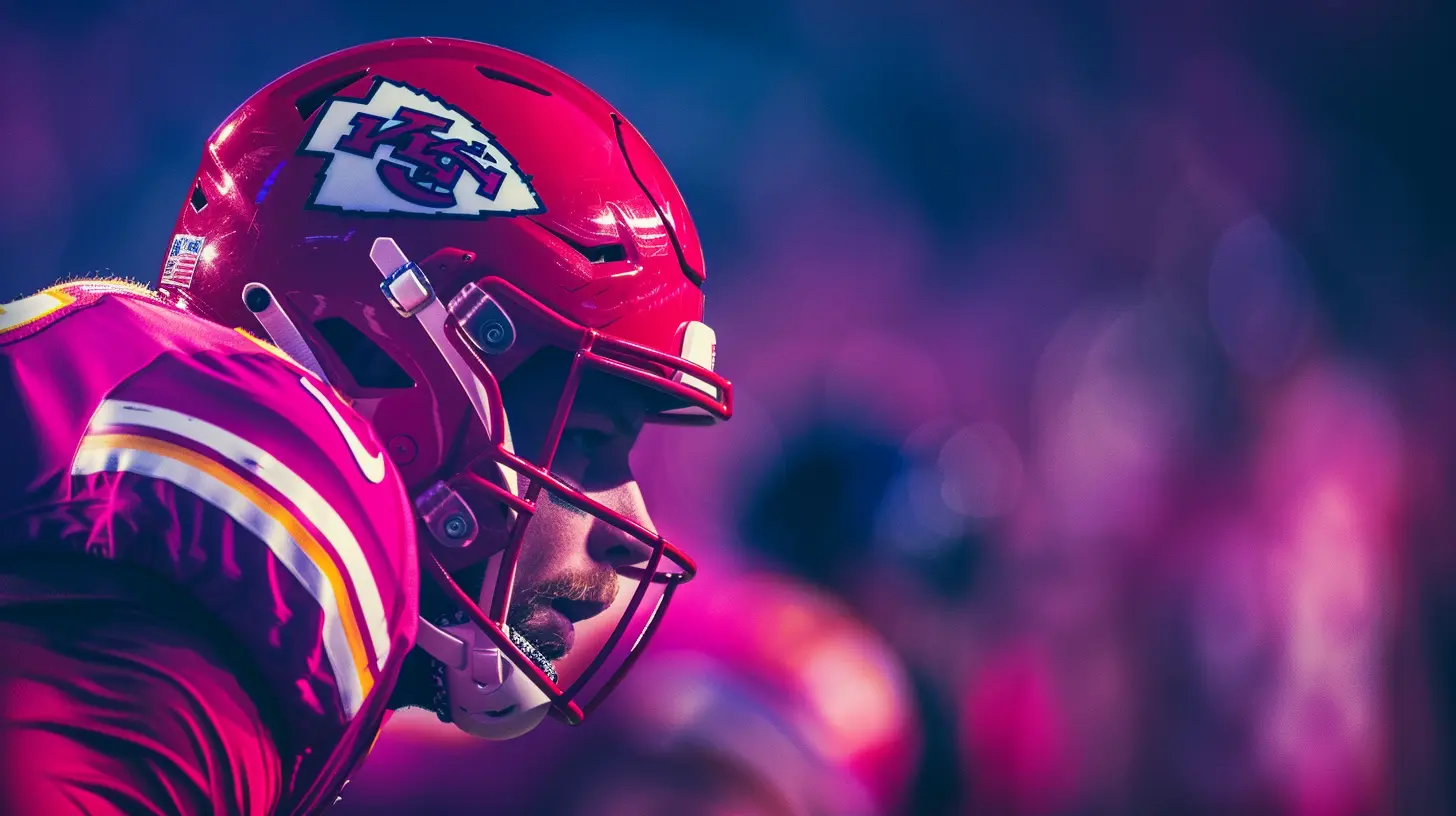Which Metrics Matter Most in Evaluating NFL Quarterbacks?
2 August 2025
When it comes to evaluating NFL quarterbacks, the debate is as fierce as a fourth-and-goal stand. Everyone's got an opinion. Some swear by traditional stats like touchdowns and interceptions. Others say advanced analytics tell the real story. But honestly, with so many numbers flying around, it’s easy to get lost in the data fog. So what really matters when breaking down quarterback play? Let’s dig into the metrics that actually move the needle.
The Basics: Traditional Stats Still Matter (but with a Grain of Salt)
Let’s start old school. These are the stats your parents grew up arguing about over Sunday dinners.1. Touchdowns and Interceptions (TD:INT Ratio)
This is the bread and butter of QB discussion. If a quarterback throws more touchdowns than interceptions, that’s usually a good thing, right? Sure, it gives a quick glance at decision-making and productivity.But here's the kicker: It's not everything. Some QBs—like gunslingers Brett Favre or Jameis Winston—might throw a bunch of TDs but also serve up turnovers like they’re at a buffet. So while the ratio helps, context is key.
2. Passing Yards
Throwing for 4,000 or 5,000 yards in a season sounds impressive, and it often is. But let’s pump the brakes for a second. What if those yards came in garbage time when the team was already down double digits? Or against weak defenses?That’s like saying someone ran a marathon, but you forget to mention they took breaks every couple miles. Looks good on paper, but how impactful was it really?
Completion Percentage: Accurate or Just Safe?
This stat tells us how often a quarterback connects on their throws. A high completion percentage generally means the QB is accurate. But there’s more to the story.Some guys inflate their numbers with short, safe throws—think screen passes and checkdowns. Others take more risks and push the ball downfield. So now we ask: was that 70% completion rate built on five-yard throws or high-risk darts into tight coverage?
What you really want is a stat that balances both accuracy and aggression. That brings us to our next point.
Advanced Metrics: The Deep Dive Stats You Need to Know
We’re stepping into analytics territory now. Think of these as the QB evaluation tools for the modern-age football fan.1. Adjusted Net Yards per Attempt (ANY/A)
This is the nerdy cousin of yards per attempt—but smarter. ANY/A factors in passing yards, touchdowns, interceptions, and sacks. It essentially measures how much a QB moves the offense forward per throw, adjusting for negative plays like sacks and picks.It’s like your GPA in school. You can get straight A’s in easy classes, but throw in a couple tough courses and that average truly reflects your performance.
2. QBR (Total Quarterback Rating)
Love it or hate it, ESPN’s QBR tries to factor in everything from game context to clutch plays. It also includes rushing, which matters more than ever now that mobile QBs are taking over. A third-and-long scramble for a first down? QBR gives it the love it deserves.However, QBR is a black box at times—it’s not fully transparent. Still, it’s useful for comparing QBs across situations.
3. Passer Rating
An oldie but a goodie. Passer rating includes completion rate, yards per attempt, touchdowns, and interceptions. Max score? 158.3. Realistic score for most? A lot lower.It still gives a general sense of efficiency, even if it doesn’t factor in sacks, clutch moments, or rushing ability. Think of it like Yelp reviews—helpful, but not the full story.
Contextual Stats: Looking Beyond the Box Score
Numbers can lie if you don’t ask, “When and how did these plays happen?”1. Third-Down Efficiency
It’s easy to pad stats on first and second down. But third down? That’s where games are won. A QB who consistently moves the chains under pressure is worth his weight in gold.Ever watch Patrick Mahomes on third-and-12? You just know he’s going to make something happen. That’s not always in the box score, but it’s huge for a team’s success.
2. Red Zone Performance
Inside the 20-yard line, the field shrinks, and window throws get tighter. Not every QB can handle that pressure. A high red zone TD percentage shows a guy isn’t just building stats between the 20s—he’s actually sealing the deal.Imagine getting to the 5-yard line multiple times and coming away with only field goals. That’s like driving cross-country just to stop two blocks from the beach.
Efficiency Metrics: Are They Making The Most Of Every Opportunity?
1. EPA (Expected Points Added)
EPA measures how much a quarterback contributes to the offense in terms of expected points. Every play has an expected value—did that throw improve or hurt the team’s position to score?If a QB consistently adds value, they’re doing something right. It's a metric that translates performance into real game impact.
2. DVOA (Defense-adjusted Value Over Average)
This one’s for the stat geeks. DVOA adjusts a player’s performance based on the defenses they face. Throwing 300 yards against the ’85 Bears is not the same as doing it against a bottom-ranked secondary.DVOA levels the playing field and gives us a better apples-to-apples look.
Game Situations: Clutch or Just Lucky?
1. Game-Winning Drives/4th Quarter Comebacks
Champions are made in crunch time. Look at Tom Brady’s record in close games. Some guys just have that magic in the two-minute drill.Now, these stats can be misleading (sometimes the defense hands the QB a short field), but they still give a sense of who steps up when the lights are brightest.
2. Turnover-worthy Plays (TWP)
This one’s sneaky important. Not every bad throw ends in an interception. Turnover-worthy plays track mistakes that should have been picked off but weren’t.If a QB is skating by on luck, TWP will expose it.
Intangible Qualities: Stuff You Can’t Track in an Excel Sheet
Alright, let’s shift gears. Not everything that counts can be counted.Leadership
Call it the “alpha factor.” You can’t slap a number on it, but coaches and teammates know it when they see it. Does the squad rally behind this guy? Is he leading the film sessions? Yelling on the sideline when needed?Think about Joe Burrow in Cincinnati or Josh Allen in Buffalo. Their presence alone changes the locker room atmosphere.
Pocket Awareness
Some quarterbacks are like statues back there. Others feel pressure like they’ve got eyes in the back of their head. Pocket awareness isn’t a stat, but it separates the good from the great.Football IQ
How well does the QB read defenses before the snap? Can they adjust on the fly? A high football IQ can transform an average athlete into an elite playmaker, just like Peyton Manning or Drew Brees showed us for years.How to Combine All These Metrics
Here’s the real trick: no single stat tells the whole truth. The best way to evaluate a quarterback is to mix the ingredients.You need a blend of:
- Volume production (yards, touchdowns)
- Efficiency metrics (ANY/A, EPA)
- Situational awareness (3rd down, red zone)
- Mental makeup (leadership, decision-making)
It’s like baking a cake—you can’t just dump in sugar and expect greatness. You need some flour, eggs, maybe a dash of vanilla extract if you're feelin' fancy.
So, Which Metrics Matter Most?
If we had to pick a few MVPs of QB evaluation, it’d be:- ANY/A: Great for overall efficiency and impact
- EPA/play: Tells if the QB is actually helping his team score
- Third-down and red-zone performance: Clutch playmakers win games
- Turnover-worthy plays: Shows decision-making beyond the stat sheet
But again, context is everything. A quarterback with mediocre stats might still be winning games thanks to leadership and smarts. Others might have glowing numbers but fold when it counts.
The key? Watch the games. Use the metrics. Let them complement each other. Stats are the what. Film is the how and why.
Final Thoughts: It's Both Art and Science
Evaluating NFL quarterbacks isn’t a one-size-fits-all deal. It's a lot like judging a painting—some folks look at the brush strokes, others at the canvas. But if you understand both the technique and the story, your opinion carries weight.So next time someone throws a stat at you, don’t just nod. Ask questions. Look deeper. Because in football, the truth rarely lives in just one number.
all images in this post were generated using AI tools
Category:
Sports StatisticsAuthor:

Fernando Franklin
Discussion
rate this article
1 comments
Kira Murphy
Beyond the stats lies an unseen layer; can we truly measure a quarterback's greatness?
August 10, 2025 at 4:04 AM

Fernando Franklin
Absolutely, while stats provide a framework, intangibles like leadership, poise under pressure, and adaptability are crucial in assessing a quarterback's true greatness.


